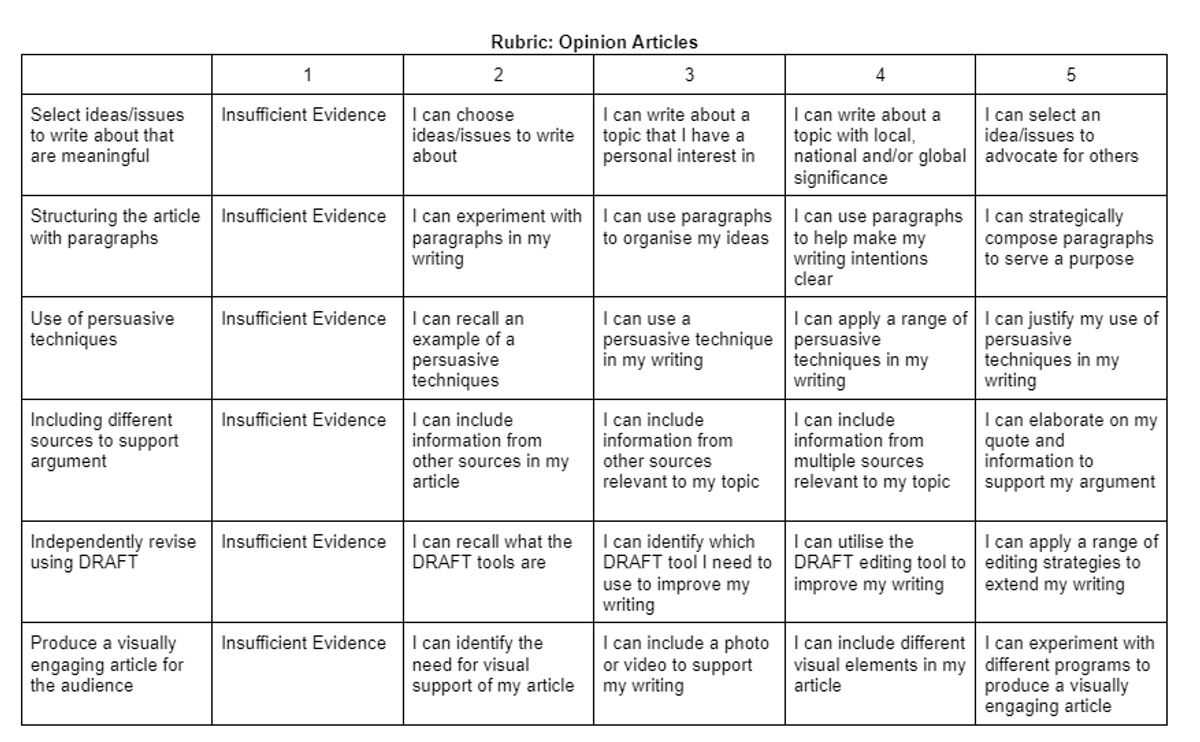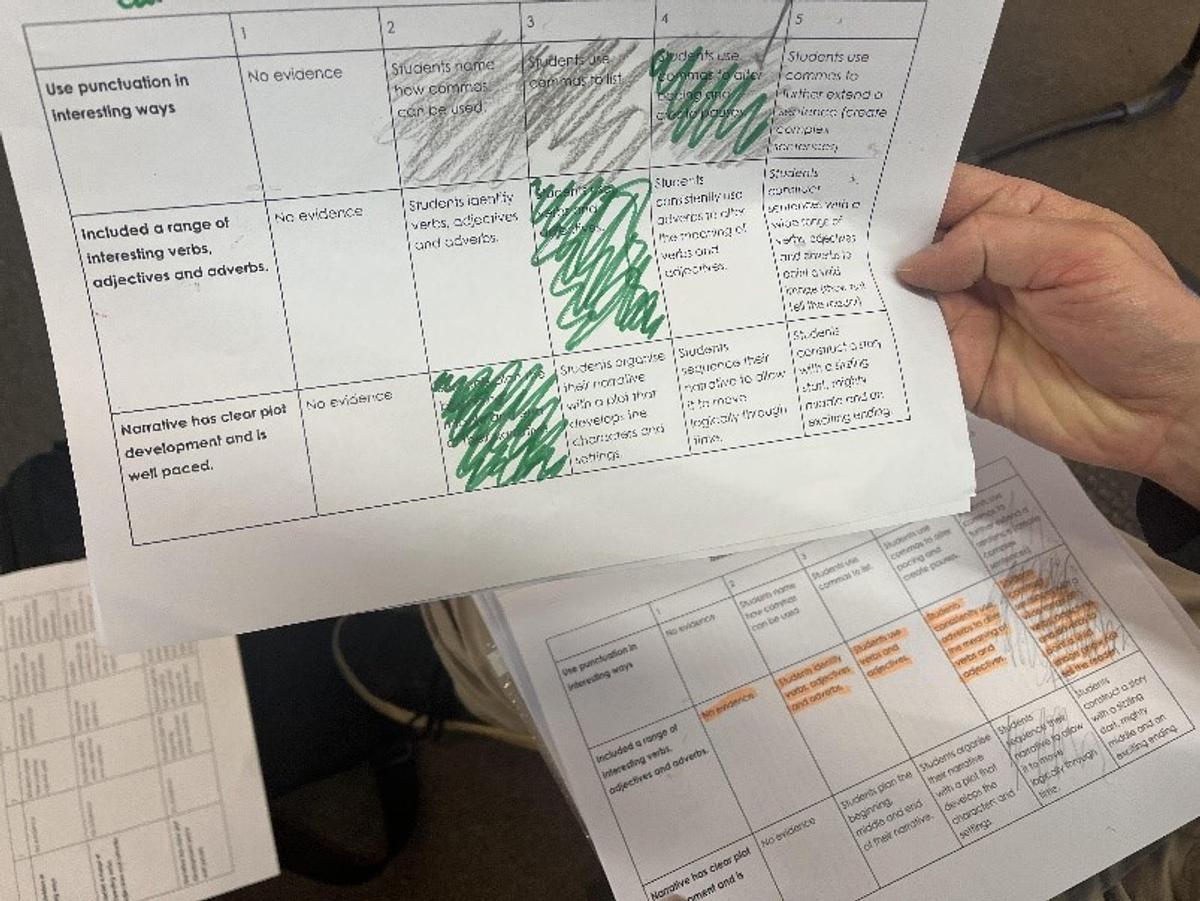Assessment @ ASPS
Making assessment practices more transparent

Assessment @ ASPS
Making assessment practices more transparent
In our 2021 School Strategic Plan (SSP), ASPS identified a need to better engage the wider school community in our approaches to assessment. One significant move toward achieving this goal will be to better align our semester reporting approaches to the ways that we believe assessment should work, and importantly, how we and the students of ASPS actually use assessment in our day-to-day.
2022 Semester 2 reports will take on this new approach to reporting, better illustrating what we do in the classroom, and supporting more meaningful student engagement with their reports throughout the semester. To do this, we are shifting to a rubric-driven structure, while at the same time retaining a short written section on student wellbeing development, detailed descriptions of the knowledge, concepts and skills taught during units, and the mandated ‘progression points’ (the dots) that have always been there.
Why rubrics?
As a school we have been planning, teaching and assessing in this way, yet our reports offered no insight into this approach. Figure 1 and 2 show two examples of rubrics currently being used:


Figure 1: Example of a writing rubric created by teachers and used by students to assess development


Figure 2: Shows student self-assessment of development during a writing unit against a rubric
As can be seen, there is a significant level of detail about what is expected of students contained in these rubrics. In previous reports we chose to instead to offer a series of small statements that captured single learning events across the 20 weeks of the semester, effectively writing just one square from a rubric into a student report. These singular statements are now contained in the rubrics, revealing to the community a continuum of expectation from throughout a unit. In effect, the community now sees what a student was expected to perform, and has performed/is still working toward performing, from a more surface level understanding in the left most columns, to more sophisticated understandings as you read to across. Figure 3, taken straight from one teacher’s reporting platform, shows this: from identifying or defining, all the way through to evaluating a real-world example.


Figure 3: Example of how columns in a Grade 1 unit of inquiry rubric become increasingly more sophisticated from left to right (note: this is just one rubric row for this unit, there are a total of three).
More information on how these rubrics are created, used, and how you can best engage with them as a school community in end of semester reports will be regularly included in the school newsletter this term. We look forward to the community having a clearer understanding of what we do, what students are learning about, and how they are developing as learners.